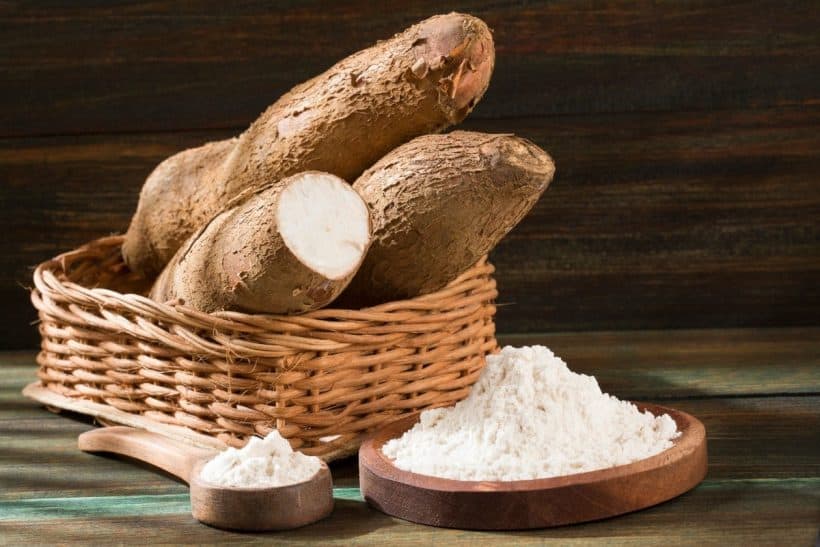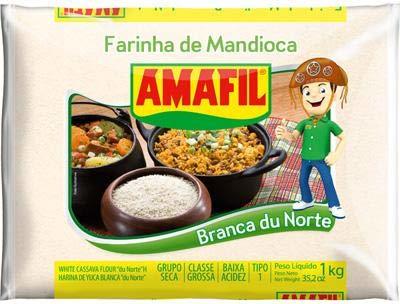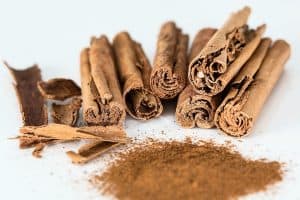For those who follow a gluten-free or generally healthy diet, cooking and baking ingredient alternatives like tapioca starch are popular pantry staples. Made from the starch of the cassava root, tapioca starch is known for making gluten-free baked goods thick and chewy, as well as for thickening sauces, soups, and stews without the use of regular flour.

However, if your at-home tapioca starch supply has run out or you’re working on a recipe that calls for it and you can’t find it at your local grocery store, there are a variety of options available that can easily replace tapioca without altering your final product all that much.
From kitchen staples like cornstarch, potato starch, and all-purpose flour (only if you aren’t keeping your product gluten-free) to more specialty ingredients like cassava flour and arrowroot, replacing tapioca starch at home is simple. Check out our guide for the 6 best substitutes for tapioca starch to learn more about the most effective ways to replace this special ingredient.
1. Cornstarch
Order This On Amazon: amazon.com
The simplest and best go-to alternative for tapioca starch is cornstarch, which naturally gluten-free and is a popular ingredient for gluten-free baked goods. Cornstarch is a stronger thickener than tapioca starch, so when using it as a stand-in be sure to cut the amount in your recipe in half so you don’t ruin whatever you’re making.
2. Cassava Flour
Order This On Amazon: amazon.com
Another popular gluten-free alternative to tapioca starch is cassava flour, which just like tapioca flour, is made from the cassava root. Cassava flour is higher in fiber than tapioca starch making it more nutrient dense and giving it a slightly stronger thickening power, but you can do an equal 1:1 swap in your recipe and still get the same result.
3. Arrowroot
Order This On Amazon: amazon.com
Arrowroot is a flavorless gluten-free flour that makes for a great tapioca starch stand-in as a thickening agent or in a baked good that uses other types of flours and starches. Arrowroot can be used in a 1:1 swap for tapioca starch, but it won’t create the same chewy consistency that tapioca does when used by itself, so only use this as an alternative if your recipe uses other flours and starches as well.
4. All-Purpose Flour
Order This On Amazon: amazon.com
If keeping your recipe gluten-free isn’t a top priority, using all-purpose flour in a 1:1 swap for tapioca starch will produce a quality result, however the texture and appearance may slightly differ. While tapioca starch creates a bright, shiny finish when used in soups and sauces, using all-purpose flour as a thickener may take on a slightly duller finish. You will also need to cook all-purpose flour a little longer to get rid of its powdery texture.
5. Potato Starch
Order This On Amazon: amazon.com
Potato starch is another suitable gluten-free alternative to tapioca starch, however you may need to adjust your ratio depending on the type of recipe you’re working on. If you’re using it in a small amount as a thickener for a sauce or a gravy, a 1:1 ratio is perfectly fine, however, because potato starch has a heavier consistency and can result in a denser product, using it in a larger quantity like in a cake batter may take some more thought. In this case, reduce the amount of potato starch by about ¼ and use another flour or starch alternative to make up for the difference in volume.
6. Rice Flour
Order This On Amazon: amazon.com
Made from finely ground rice, rice flour is a naturally gluten-free alternative to tapioca starch that won’t alter your final product when it comes to taste or texture because of its mild flavor. However, you will need to make a slight adjustment to get the right results. Because rice flour is stickier and is a stronger thickener than tapioca, use half as much rice flour as you would tapioca.











